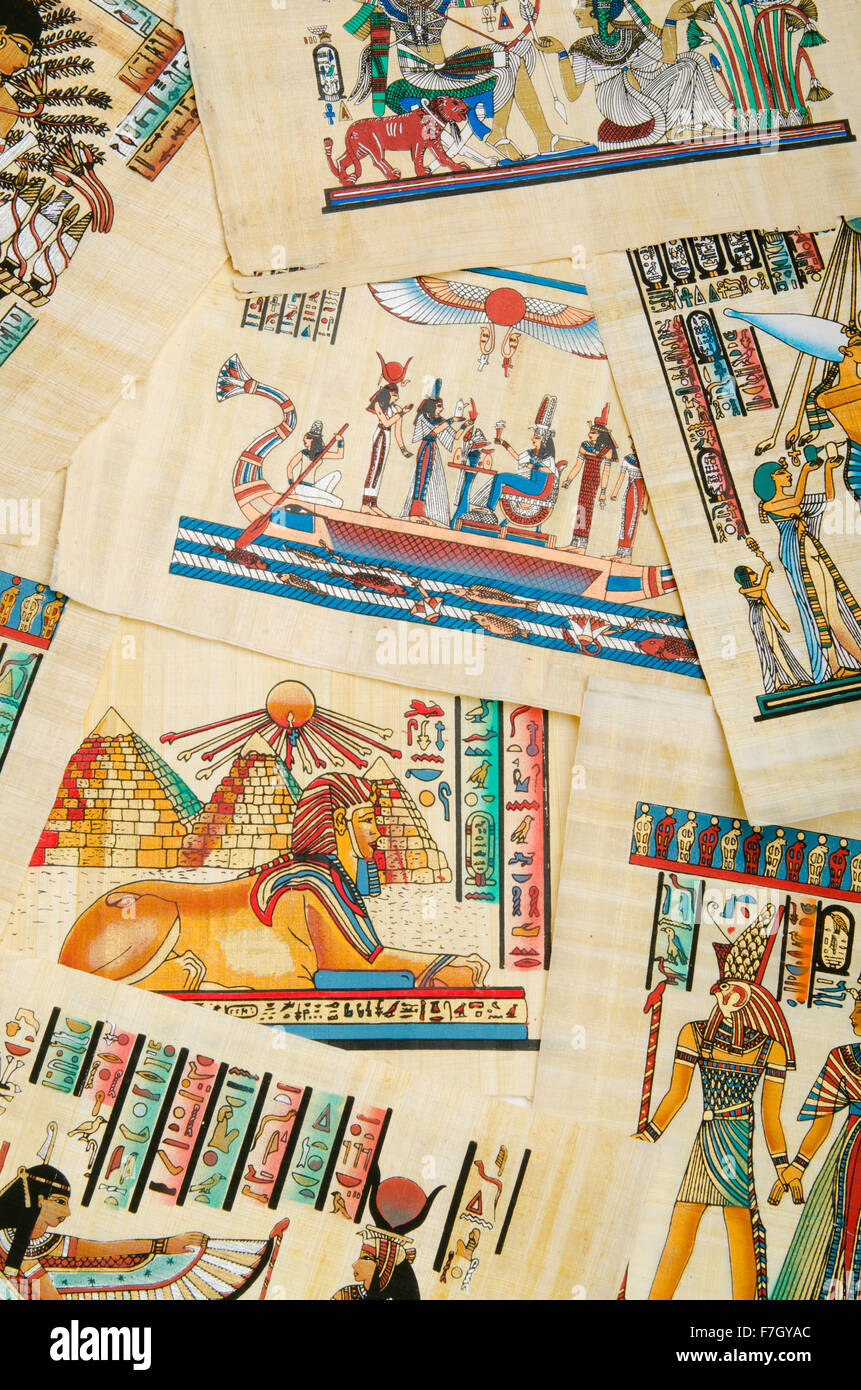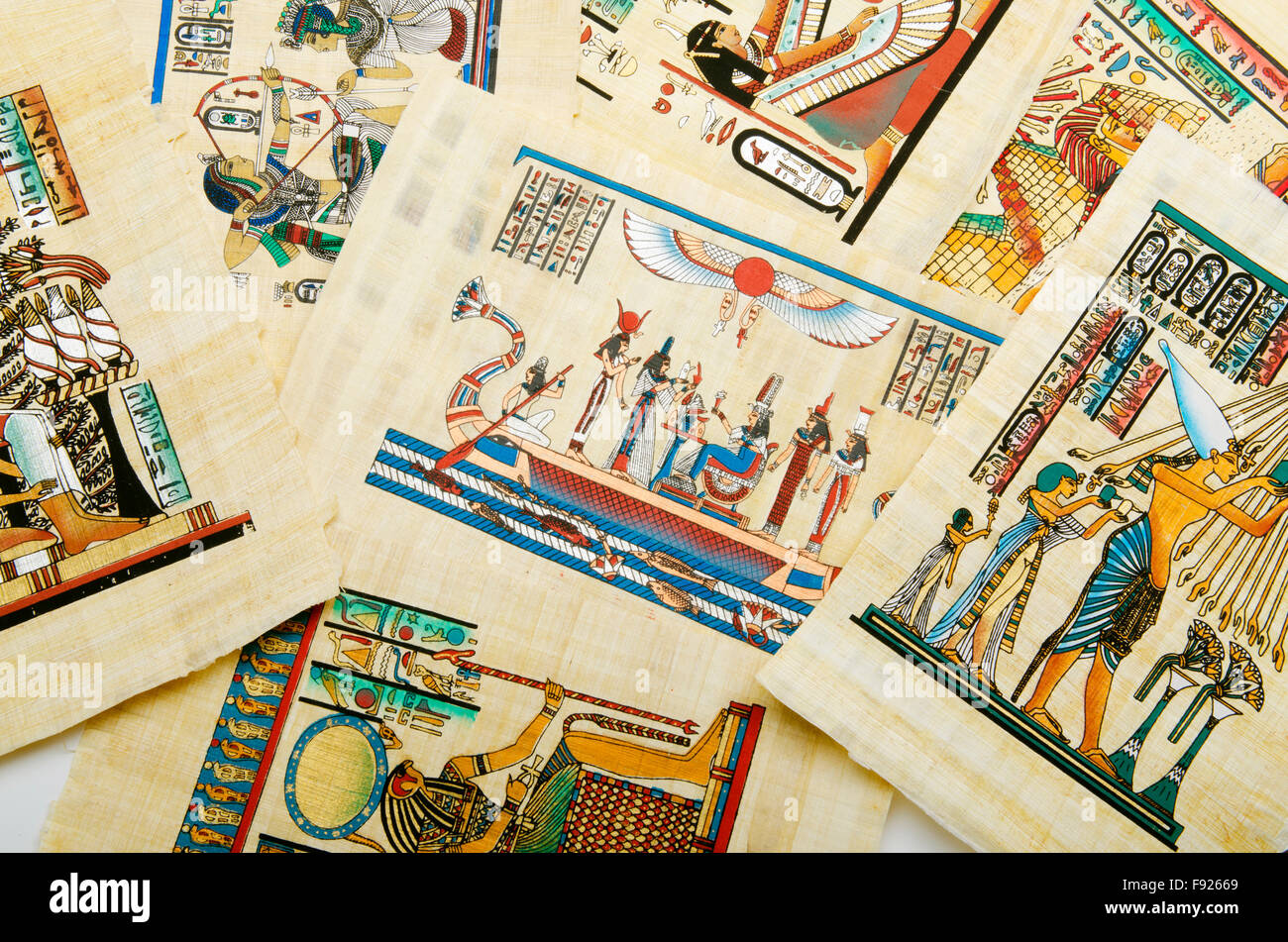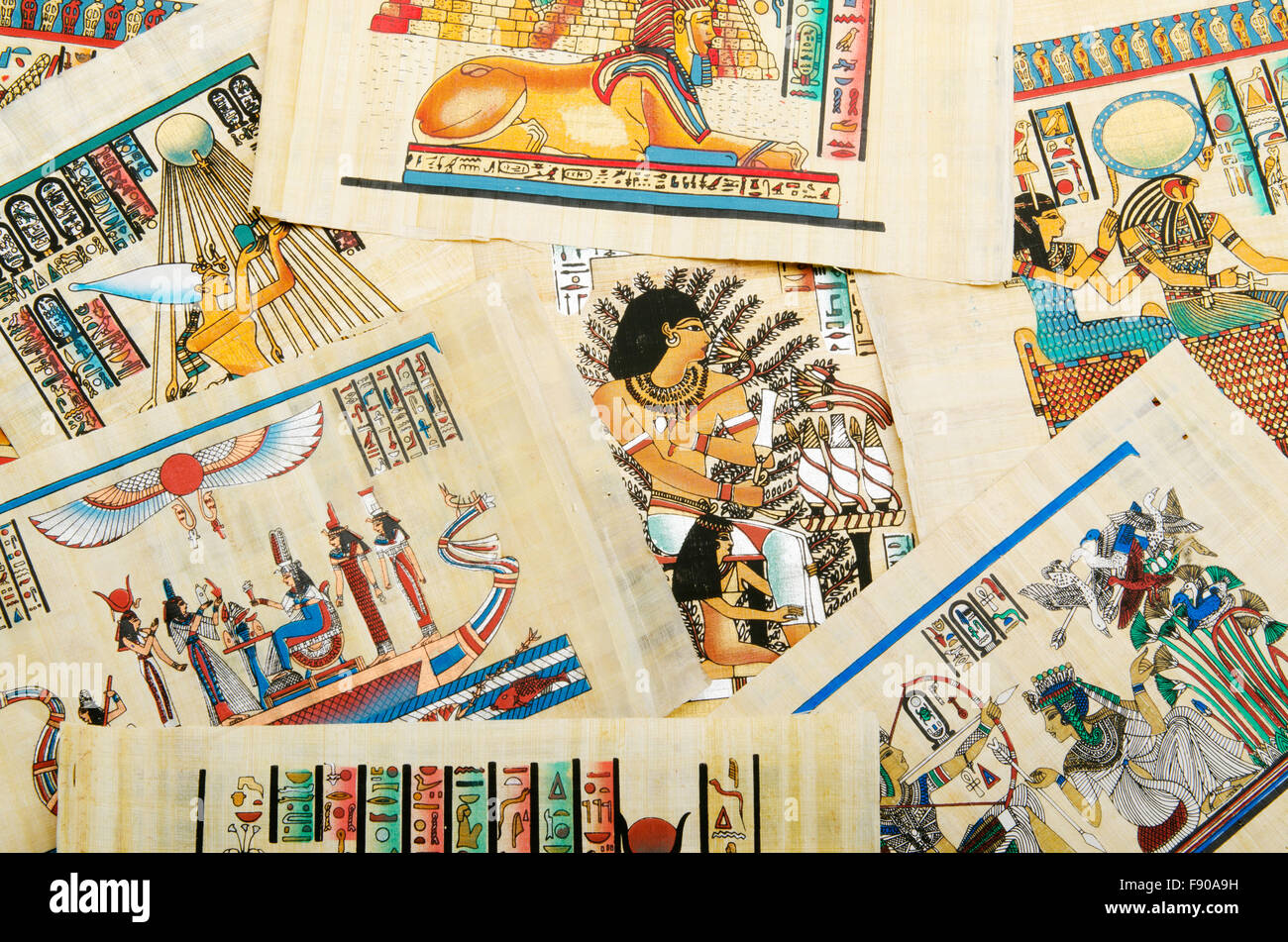Unveiling Iran's Ancient Past: A 5-Minute Journey Through Millennia
Table of Contents
- The Dawn of Civilization: Proto-Elamite and Elamite Eras (3200 BCE - 600 BCE)
- The Persian Empire Rises: Achaemenids and the Golden Age (550 BCE - 330 BCE)
- Hellenistic Influence and Parthian Resilience (330 BCE - 224 CE)
- The Sassanian Empire: A Rival to Rome (224 CE - 651 CE)
- The Arrival of Islam and the Golden Age of Persian Culture (7th - 13th Centuries CE)
- Mongol Invasions and the Rise of Dynasties (13th - 18th Centuries CE)
- The Qajar Dynasty and the Seeds of Modernity (1789 - 1925 CE)
- The Pahlavi Era and the Islamic Revolution (1925 - 1979 CE)
- Modern Iran: Navigating a Complex World (1979 CE - Present)
The Dawn of Civilization: Proto-Elamite and Elamite Eras (3200 BCE - 600 BCE)
The deep roots of Iran's history stretch back to the very dawn of civilization, long before the empires commonly associated with Persia. The provided data points to a rich history starting from "3200 BCE," placing Iran among the earliest regions to develop complex societies. This period is dominated by the Proto-Elamite and later, the Elamite civilization, centered in what is now southwestern Iran. These early inhabitants developed one of the world's first writing systems, proto-Elamite script, and established sophisticated urban centers like Susa. Their influence extended across the Iranian plateau, engaging in trade and cultural exchange with Mesopotamia. The Elamites were not a unified empire in the later Persian sense, but rather a collection of city-states and kingdoms that often allied or warred with each other and their powerful Mesopotamian neighbors, such as Sumer, Akkad, and Babylon. They left behind impressive ziggurats, intricate pottery, and a legacy of resilience that foreshadowed the future of the region. This foundational period laid the groundwork for the cultural and geographical identity that would later coalesce into what we recognize as Iran. Understanding this early phase is crucial for a comprehensive "history of Iran in 5 minutes," as it highlights the continuous human presence and societal development in the region for thousands of years.Early Settlements and Formative Years
Before the grand empires, the Iranian plateau was dotted with numerous settlements, some dating back even further than 3200 BCE. Sites like Tepe Sialk and Tepe Yahya show evidence of early agricultural communities and the development of metallurgy. These early inhabitants, often referred to as Proto-Iranians, began migrating into the plateau from Central Asia around the 2nd millennium BCE, bringing with them Indo-European languages that would eventually evolve into Old Persian. These migrations were gradual, leading to the assimilation and interaction with the indigenous Elamite populations. The blend of these cultures contributed to the unique tapestry of ancient Iranian society, setting the stage for the emergence of powerful states. The geographical map of Iran from "3200 BC until now" truly showcases this continuous evolution.The Persian Empire Rises: Achaemenids and the Golden Age (550 BCE - 330 BCE)
When people think of ancient Persia, the Achaemenid Empire often comes to mind, and for good reason. As the data states, "The Achaemenid Empire, otherwise known as the Persian Empire, took place between 550 BCE and 330 BCE." This was the first truly global superpower, stretching from the Balkans in the west to the Indus Valley in the east, encompassing an astonishing 44% of the world's population at its peak. Founded by Cyrus the Great, this empire was revolutionary in its approach to governance, religious tolerance, and infrastructure. Unlike many conquering empires, the Achaemenids largely allowed conquered peoples to retain their customs, religions, and local laws, provided they paid tribute and acknowledged Persian suzerainty. This policy fostered a remarkable period of peace and prosperity, facilitating trade and cultural exchange across a vast domain. The Achaemenid era saw the construction of magnificent cities like Persepolis and Pasargadae, masterpieces of Persian architecture and engineering. They developed a sophisticated road network, including the Royal Road, which facilitated rapid communication and movement of goods and troops. The empire's administrative efficiency, innovative postal system, and a unified currency were hallmarks of its advanced statecraft. This period is often considered a golden age, not just for Persia, but for the ancient world, demonstrating an unprecedented scale of imperial organization and cultural integration. It’s a critical chapter in any "history of Iran in 5 minutes" summary, showcasing the nation's early peak.Cyrus the Great and the Charter of Human Rights
Central to the Achaemenid narrative is Cyrus the Great, a visionary leader whose principles were remarkably progressive for his time. After conquering Babylon in 539 BCE, Cyrus issued the Cyrus Cylinder, often hailed as the world's first charter of human rights. As the Korean text from the provided data notes, "국민권리헌장 (기원전 538년) '이제 나는 (아후라) 마즈다의 도움으로 이란(Iran), 바빌론, 그리고 사방(四方)의 열방으로 이루어진 왕국의 왕관을 . 머리 에 쓰는 까닭에, 공포하는바 나는..." (National Bill of Rights (538 BCE) "Now, with the help of (Ahura) Mazda, I, for wearing the crown of the kingdom consisting of Iran, Babylon, and the nations of the four quarters, declare..."). This decree proclaimed religious freedom, the right of displaced peoples to return to their homes, and the abolition of slavery. This benevolent approach earned Cyrus immense respect and established a precedent for future Persian rulers. His legacy continues to inspire, highlighting a deep-seated tradition of justice and tolerance within the "history of Iran."Hellenistic Influence and Parthian Resilience (330 BCE - 224 CE)
The Achaemenid Empire's reign ended dramatically with the conquests of Alexander the Great in 330 BCE. Alexander's victory ushered in the Hellenistic period, during which Greek culture and language permeated the former Persian lands. After Alexander's death, his vast empire fragmented, and much of the Iranian plateau fell under the control of the Seleucid Empire, founded by one of his generals, Seleucus I Nicator. While Greek cities and institutions were established, Persian culture and identity endured beneath the Hellenistic veneer. The Seleucid rule was eventually challenged and overthrown by the Parthians, a nomadic Iranian people from the northeast. The Parthian Empire (247 BCE - 224 CE) marked a resurgence of Iranian power and culture. They adopted many Achaemenid traditions, including the title "King of Kings," and were formidable archers and cavalrymen, proving to be the Roman Empire's most enduring rival in the East. Their decentralized feudal system allowed for considerable local autonomy, contributing to their longevity. The Parthians played a crucial role in the Silk Road trade, enriching their empire and facilitating cultural exchange between East and West. Their ability to resist Roman expansion solidified their place as a powerful intermediary in the ancient world, showcasing another layer of complexity in the "history of Iran."The Sassanian Empire: A Rival to Rome (224 CE - 651 CE)
The Parthians eventually succumbed to internal strife and external pressures, paving the way for the rise of the Sassanian Empire (224 CE - 651 CE). Founded by Ardashir I, the Sassanians saw themselves as the true inheritors of the Achaemenid legacy, aiming to restore Persian glory and purity. They established a highly centralized state, revived Zoroastrianism as the state religion, and fostered a golden age of Persian art, architecture, and scholarship. Cities like Ctesiphon became centers of learning and trade, boasting magnificent palaces and libraries. The Sassanian era was characterized by intense geopolitical rivalry, primarily with the Roman and later, the Byzantine Empire. This period saw "roughly six hundred years of conflict with the Roman Empire," as noted in the data. These were not mere skirmishes but epic wars that shaped the geopolitical map of the ancient world. The Sassanians were formidable military innovators, introducing heavily armored cavalry (cataphracts) and sophisticated siege warfare. Their empire was a beacon of civilization, influencing cultures from Europe to China, and leaving an indelible mark on the "history of Iran."Six Centuries of Conflict with Rome
The continuous struggle between the Sassanian and Roman/Byzantine Empires was a defining feature of late antiquity. These conflicts were driven by control over lucrative trade routes, strategic territories, and ideological differences. Major Sassanian emperors like Shapur I and Khosrow I engaged in numerous campaigns, often inflicting heavy defeats on the Romans, even capturing Roman emperors. While costly, these wars also led to significant cultural exchange, with Roman engineers and artisans contributing to Persian infrastructure, and Persian scientific and philosophical knowledge finding its way to the West. This protracted rivalry ultimately weakened both empires, making them vulnerable to the new forces emerging from the Arabian Peninsula, a crucial turning point in the "history of Iran."The Arrival of Islam and the Golden Age of Persian Culture (7th - 13th Centuries CE)
The mid-7th century CE marked a profound transformation in the "history of Iran" with the Arab Muslim conquest. The exhausted Sassanian Empire, weakened by centuries of war with Byzantium, fell to the rapidly expanding Rashidun Caliphate. This conquest led to the Islamization of Persia, a gradual process that saw the adoption of Islam by the majority of the population. While initially a period of foreign rule, Persian culture, language, and administrative traditions profoundly influenced the nascent Islamic world. Far from being suppressed, Persian culture experienced a renaissance during the Islamic Golden Age. Persian scholars, poets, artists, and scientists made immense contributions to Islamic civilization and, by extension, to global knowledge. Figures like Avicenna (Ibn Sina) in medicine, Al-Biruni in polymathy, Ferdowsi in epic poetry (author of the *Shahnameh*), and Omar Khayyam in mathematics and poetry, are just a few examples. Persian became the lingua franca of the eastern Islamic world, and its artistic styles, particularly in calligraphy, miniature painting, and architecture, set standards for centuries. This era, despite the change in religion and political rule, represents a vibrant chapter of continuity and innovation in the "history of Iran."Mongol Invasions and the Rise of Dynasties (13th - 18th Centuries CE)
The relative stability and cultural flourishing of the Islamic period were brutally interrupted in the 13th century by the Mongol invasions. Led by Genghis Khan and later his grandson Hulagu Khan, the Mongol hordes devastated much of Persia, destroying cities, libraries, and irrigation systems. The Ilkhanate, a Mongol successor state, ruled Persia for about a century, causing immense disruption but also facilitating new connections with East Asia. Following the decline of the Ilkhanate, Persia entered a period of fragmentation, with various local dynasties vying for power. This era, however, also saw the emergence of significant cultural and architectural achievements, often under the patronage of regional rulers. The most significant development was the rise of the Safavid Dynasty in the early 16th century. The Safavids established Twelver Shia Islam as the official state religion, a move that profoundly shaped Iran's national identity and set it apart from its Sunni neighbors. Under rulers like Shah Abbas the Great, the Safavids revitalized the economy, reformed the military, and fostered another golden age of Persian art and architecture, particularly in their capital, Isfahan. The Safavid period laid the foundations for the modern Iranian state, unifying the country under a strong central authority and a distinct religious identity.The Qajar Dynasty and the Seeds of Modernity (1789 - 1925 CE)
The Safavid Empire eventually declined, giving way to a period of instability before the Qajar Dynasty rose to power in 1789. The Qajars ruled Iran for over a century, a period characterized by increasing encroachment from European powers, particularly Britain and Russia, who sought to expand their influence in the region due to its strategic location and resources. This era saw Iran lose significant territories through a series of unequal treaties, leading to a growing sense of national humiliation and a desire for reform. Internally, the Qajar period was marked by a weak central government, economic stagnation, and social unrest. However, it also witnessed the beginnings of modernization, with the introduction of Western education, telegraph lines, and printing presses. The growing awareness of Iran's vulnerability to foreign powers, coupled with internal dissatisfaction, culminated in the Constitutional Revolution of 1906. This landmark event forced the Qajar Shah to establish a parliament (Majlis) and a constitution, limiting royal power and introducing elements of modern governance. This was a pivotal moment in the "history of Iran," signaling the end of absolute monarchy and the beginning of a struggle for democratic principles.Western Influence and Internal Strife
The Qajar era vividly illustrates "what is the root of Iran's conflict with the West." The relentless pressure from colonial powers, the granting of concessions that exploited Iran's resources (like oil to Britain), and the undermining of its sovereignty created a deep-seated distrust of foreign intervention. The Constitutional Revolution itself was influenced by Western ideas but also faced external interference. This period laid the groundwork for future nationalist movements and anti-Western sentiments, demonstrating that "the answers are complicated" when it comes to Iran's foreign relations. The struggle to maintain independence and dignity in the face of overwhelming external forces became a recurring theme in the "history of Iran."The Pahlavi Era and the Islamic Revolution (1925 - 1979 CE)
The Qajar dynasty finally collapsed in 1925, replaced by Reza Shah Pahlavi, an army officer who seized power and established a new dynasty. As the data mentions, "this is the incredible true story of modern Iran—from the fall of the Qajar dynasty, to the rise of Reza Shah." Reza Shah embarked on an ambitious program of modernization and secularization, aiming to transform Iran into a strong, independent nation-state along Western lines. He built railways, established a national education system, reformed the judiciary, and promoted a strong sense of Iranian nationalism, often emphasizing pre-Islamic Persian heritage. However, his authoritarian rule and close ties to Western powers, particularly after World War II when his son Mohammad Reza Pahlavi ascended the throne, led to growing discontent. The 1953 coup, orchestrated by the US and UK to restore the Shah to power after a nationalist prime minister, Mohammad Mosaddegh, nationalized Iran's oil industry, further deepened anti-Western sentiment. The Shah's subsequent autocratic rule, his lavish spending, and his suppression of dissent alienated large segments of the population, including the clergy, intellectuals, and the working class. This simmering resentment eventually erupted in the Islamic Revolution of 1979, a watershed moment that fundamentally altered the course of "history of Iran" and global geopolitics.Modern Iran: Navigating a Complex World (1979 CE - Present)
The Islamic Revolution of 1979, led by Ayatollah Ruhollah Khomeini, overthrew the Pahlavi monarchy and established the Islamic Republic of Iran. This event marked a radical departure from the Shah's Western-oriented policies, ushering in a new era based on Islamic principles and anti-imperialist ideology. The revolution had profound implications both domestically and internationally. Domestically, it led to the establishment of a unique system of governance, blending democratic elements with a strong clerical oversight. Internationally, it transformed Iran into a regional power with a foreign policy often at odds with the West, particularly the United States. Since the revolution, Iran has faced numerous challenges, including the devastating Iran-Iraq War (1980-1988), international sanctions, and internal political struggles. Despite these obstacles, Iran has continued to develop its scientific and technological capabilities, particularly in areas like nuclear technology, which has become a major point of contention with global powers. The country's complex political system, its regional influence, and its ongoing interactions with the international community continue to shape its trajectory. The "history of Iran from 3200 BCE to 2013 CE (present)" is a continuous narrative of resilience, adaptation, and a persistent quest for self-determination. The journey continues, with Iran navigating a complex world while holding onto its unique cultural and historical identity.Conclusion
Condensing the "history of Iran in 5 minutes" is a challenge, but what emerges is a story of remarkable continuity, resilience, and profound influence. From the ancient Elamites and the global reach of the Achaemenid Empire to the intellectual flourishing under Islamic rule and the dramatic shifts of the modern era, Iran's past is a tapestry woven with threads of innovation, conflict, and enduring cultural pride. It is a history marked by the rise and fall of empires, the ebb and flow of foreign influence, and the constant reassertion of a distinct Iranian identity. Understanding this deep and complex history is crucial for anyone seeking to comprehend the nuances of present-day Iran and its intricate relationship with the world. The distrust, the resilience, and the cultural richness that define modern Iran are all products of these millennia of experiences. We encourage you to delve deeper into specific periods that pique your interest, as each era offers a wealth of knowledge and insight. What aspect of Iran's history surprised you the most? Share your thoughts in the comments below, and consider exploring other articles on our site for more in-depth historical analyses!
Egyptian history concept with papyrus Stock Photo - Alamy

Egyptian history concept with papyrus Stock Photo - Alamy

Egyptian history concept with papyrus Stock Photo - Alamy